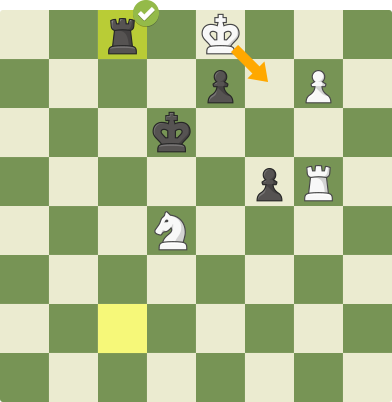
“My long-term goal was further ahead than it could see and what would inevitably happen is that the program would tie itself up in knots,” he says. Levy would bide his time and look for opportunities that might let him take the lead. In those days, computer chess programs could plan only a restricted number of moves ahead, perhaps five or six. The computer wouldn’t be able to understand what my long-term plan was.” “What I did was I sort of sat there making moves that improved my position in tiny ways.

“I called it ‘do nothing but do it well’,” he recalls.

They wouldn’t necessarily provide any advantage against another human but could give a player the edge over a computer opponent. He had, during all his years of practice, developed a few “anti-computer tactics” that had helped get him to that point. The achievement was reported around the world.īut even by 1989, computers were succeeding against chess grandmasters and Levy knew his unbeaten streak couldn’t last forever. Less than 10 years later in 1997, IBM’s supercomputer Deep Blue would become the first to beat a reigning world champion – Garry Kasparov – in a tournament style game. It wasn’t until 1989, during a match hosted by the British Computer Society in London, that Levy was finally toppled by a program called Deep Thought. From the moment of agreeing the original bet with McCarthy, he remained unbeaten by computers in exhibition matches for 21 years. If the computer won the final game they would at that point be tied, but Levy persevered – and he won.Īnd Levy kept winning. The first was a draw, but he won the second and third. In 1978, Levy found himself in Toronto, playing a computer opponent in a match which stands out as a significant milestone in the history of chess programming.


 0 kommentar(er)
0 kommentar(er)
